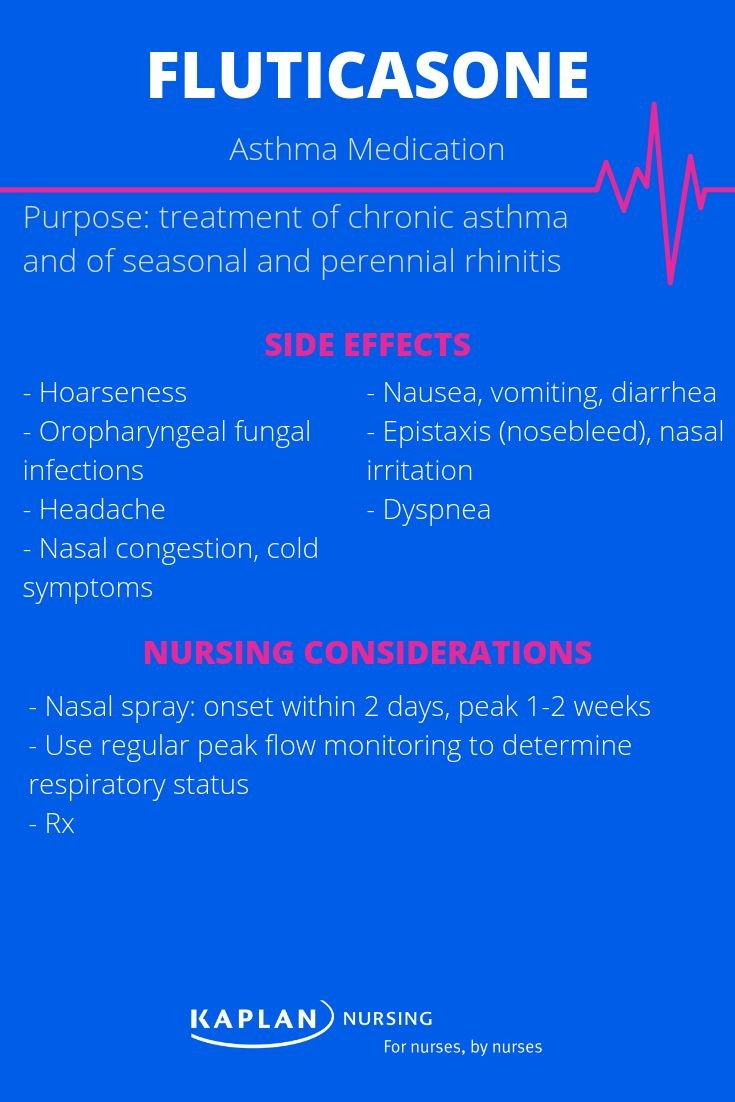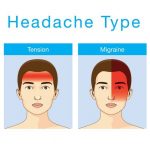
Contents
Cutivate (fluticasone propionate)
The naturally-occurring corticosteroid is cortisol or hydrocortisone produced by the adrenal gland. Corticosteroids have potent anti-inflammatory actions and suppress the immune response.
Common side effects of Cutivate include:
- mild skin itching,
- burning,
- peeling,
- dryness,
- thinning or softening of skin,
- changes in color of treated skin,
- skin rash or irritation around the mouth,
- swollen hair follicles,
- redness or crusting around hair follicles,
- blisters, pimples,
- crusting of treated skin,
- stretch marks, and
- headache.
Serious side effects of Cutivate include:
- skin pain or swelling,
- wounds that do not heal,
- severe skin irritation after using the medicine, and
- signs of absorbing this medicine through your skin. Symptoms include:
- weight gain,
- thinning or discolored skin,
- increased body hair,
- muscle weakness,
- nausea,
- diarrhea,
- tiredness,
- mood changes,
- menstrual changes, and
- sexual changes.
It is unlikely other drugs taken orally or injected will interact with topically applied Cutivate.
There are no adequate and well-controlled studies of Cutivate in pregnant women. Cutivate should be used during pregnancy only if the potential benefit justifies the potential risk to the fetus.
It is unknown if topical Cutivate can be excreted into breast milk. Since many drugs are excreted into human milk, topical Cutivate should be used cautiously in breastfeeding mothers.
What are the important side effects of Cutivate (fluticasone propionate)?
WARNING
Prolonged use or application of topical steroids to large surface areas can depress the ability of the body’s adrenal glands to produce corticosteroids. This occurs because some of the fluticasone propionate is absorbed into the body and shuts off the production of the naturally occurring corticosteroids.
Abruptly stopping hydrocortisone in these individuals can cause symptoms of corticosteroid insufficiency.
Cutivate (fluticasone propionate) side effects list for healthcare professionals
In controlled clinical trials of twice-daily administration, the total incidence of adverse reactions associated with the use of Cutivate Cream was approximately 4%. These adverse reactions were usually mild; self-limiting; and consisted primarily of:
- pruritus,
- dryness,
- numbness of fingers, and
- burning.
These events occurred in 2.9%, 1.2%, 1.0%, and 0.6% of patients, respectively.
Two clinical studies compared once- to twice-daily administration of Cutivate Cream for the treatment of moderate to severe eczema. The local drug-related adverse events for the 491 patients enrolled in both studies are shown in Table 1. In the study enrolling both adult and pediatric patients, the incidence of local adverse events in the 119 pediatric patients ages 1 to 12 years was comparable to the 140 patients ages 13 to 62 years.
- Fifty-one pediatric patients ages 3 months to 5 years, with moderate to severe eczema, were enrolled in an open-label HPA axis safety study.
- Cutivate Cream was applied twice daily for 3 to 4 weeks over an arithmetic mean body surface area of 64% (range, 35% to 95%).
- The mean morning cortisol levels with standard deviations before treatment (prestimulation mean value = 13.76 ± 6.94 mcg/dL, poststimulation mean value = 30.53 ± 7.23 mcg/dL) and at end treatment (prestimulation mean value = 12.32 ± 6.92 mcg/dL, poststimulation mean value = 28.84 ± 7.16 mcg/dL) showed little change.
- In 2 of 43 (4.7%) patients with end-treatment results, peak cortisol levels following cosyntropin stimulation testing were ≤ 18 μg/dL, indicating adrenal suppression.
Follow-up testing after treatment discontinuation, available for 1 of the 2 subjects, demonstrated a normally responsive HPA axis. Local drug-related adverse events were:
- transient burning, resolving the same day it was reported;
- transient urticaria, resolving the same day it was reported;
- erythematous rash;
- dusky erythema, resolving within 1 month after cessation of Cutivate Cream; and
- telangiectasia, resolving within 3 months after stopping Cutivate Cream.
Table 1: Drug-Related Adverse Events—Skin
| Adverse Events | Fluticasone Once Daily (n=210) | Fluticasone Twice Daily (n = 203) | Vehicle Twice Daily (n = 78) |
| Skin infection | 1 (0.5%) | 0 | 0 |
| Infected eczema | 1 (0.5%) | 2 (1.0%) | 0 |
| Viral warts | 0 | 1 (0.5%) | 0 |
| Herpes simplex | 0 | 1 (0.5%) | 0 |
| Impetigo | 1 (0.5%) | 0 | 0 |
| Atopic dermatitis | 1 (0.5%) | 0 | 0 |
| Eczema | 1 (0.5%) | 0 | 0 |
| Exacerbation of eczema | 4 (1.9%) | 1 (0.5%) | 1 (1.3%) |
| Erythema | 0 | 2 (1.0%) | 0 |
| Burning | 2 (1.0%) | 2 (1.0%) | 2 (2.6%) |
| Stinging | 0 | 2 (1.0%) | 1 (1.3%) |
| Skin irritation | 6 (2.9%) | 2 (1.0%) | 0 |
| Pruritus | 2 (1.0%) | 4 (1.9%) | 4 (5.1%) |
| Exacerbation of pruritus | 4 (1.9%) | 1 (0.5%) | 1 (1.3%) |
| Folliculitis | 1 (0.5%) | 1 (0.5%) | 0 |
| Blisters | 0 | 1 (0.5%) | 0 |
| Dryness of skin | 3 (1.4%) | 1 (0.5%) | 0 |
Table 2: Adverse Events * From Pediatric Open-Label Trial (n = 51)
| Adverse Events | Fluticasone Twice Daily |
| Burning | 1 (2.0%) |
| Dusky erythema | 1 (2.0%) |
| Erythematous rash | 1 (2.0%) |
| Facial telangiectasia† | 2 (4.9%) |
| Non-facial telangiectasia | 1 (2.0%) |
| Urticaria | 1 (2.0%) |
| *See text for additional detail. †n = 4 1. |
|
The following local adverse reactions have been reported infrequently with topical corticosteroids, and they may occur more frequently with the use of occlusive dressings and higher potency corticosteroids. These reactions are listed in an approximately decreasing order of occurrence:
- irritation,
- folliculitis,
- acneiform eruptions,
- hypopigmentation,
- perioral dermatitis,
- allergic contact dermatitis,
- secondary infection,
- skin atrophy,
- striae,
- hypertrichosis, and
- miliaria.
Also, there are reports of the development of pustular psoriasis from chronic plaque psoriasis following reduction or discontinuation of potent topical corticosteroid products.
What drugs interact with Cutivate (fluticasone propionate)?
No information provided.
Summary
Cutivate (fluticasone propionate) is a topical corticosteroid prescribed to treat symptoms such as itching, dryness, scaling, inflammation, and redness associated with skin conditions like allergic reactions, eczema, and insect or bug bites. Common side effects of Cutivate include mild skin itching, burning, peeling, dryness, thinning or softening, changes in color of treated skin, rash or irritation around the mouth, swollen hair follicles, redness or crusting around hair follicles, blisters, pimples, crusting of treated skin, stretch marks, and headache. Cutivate should be used during pregnancy only if the potential benefit justifies the potential risk to the fetus. It is unknown if topical Cutivate can be excreted into breast milk.


